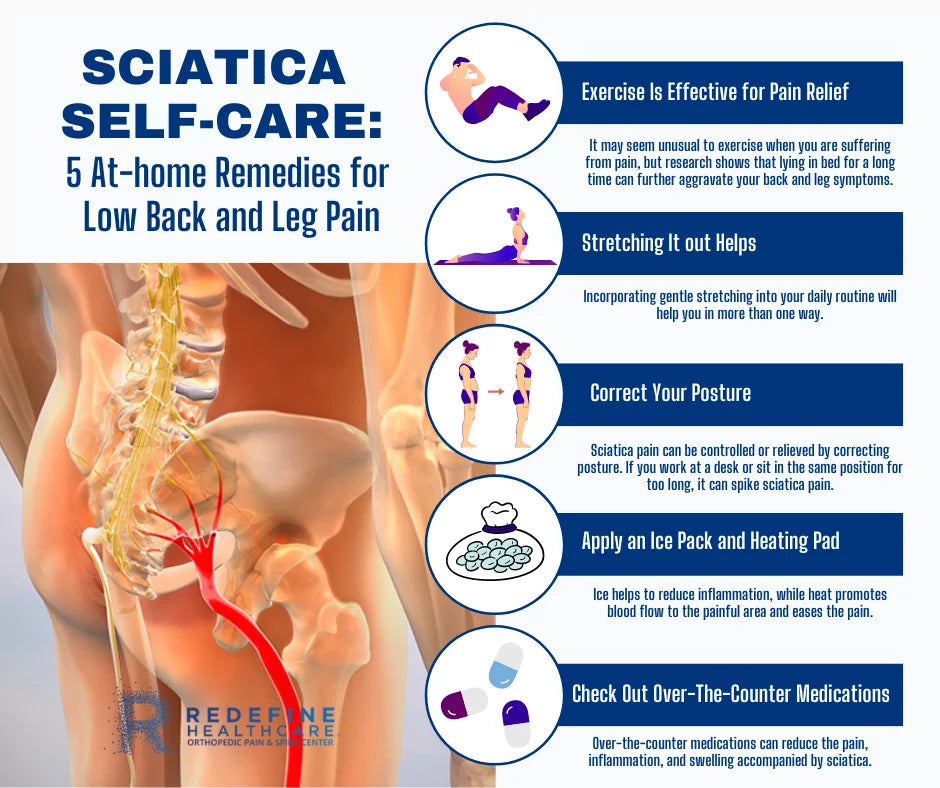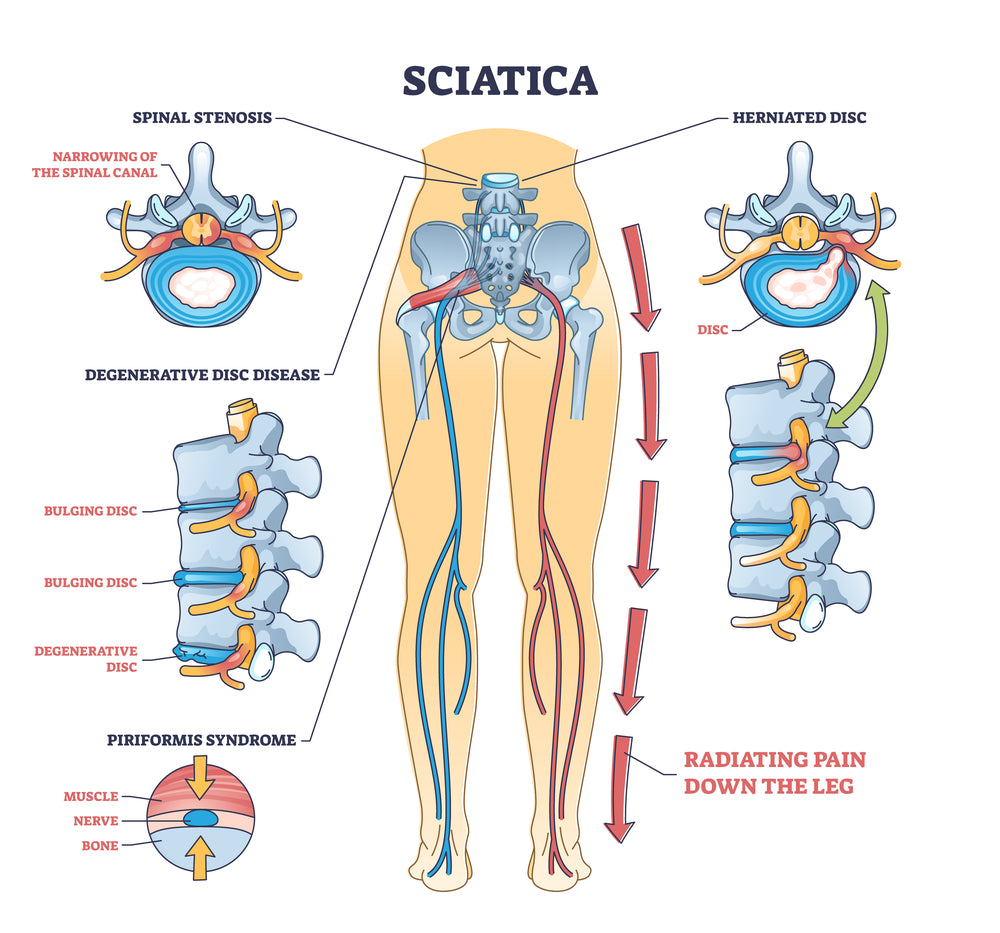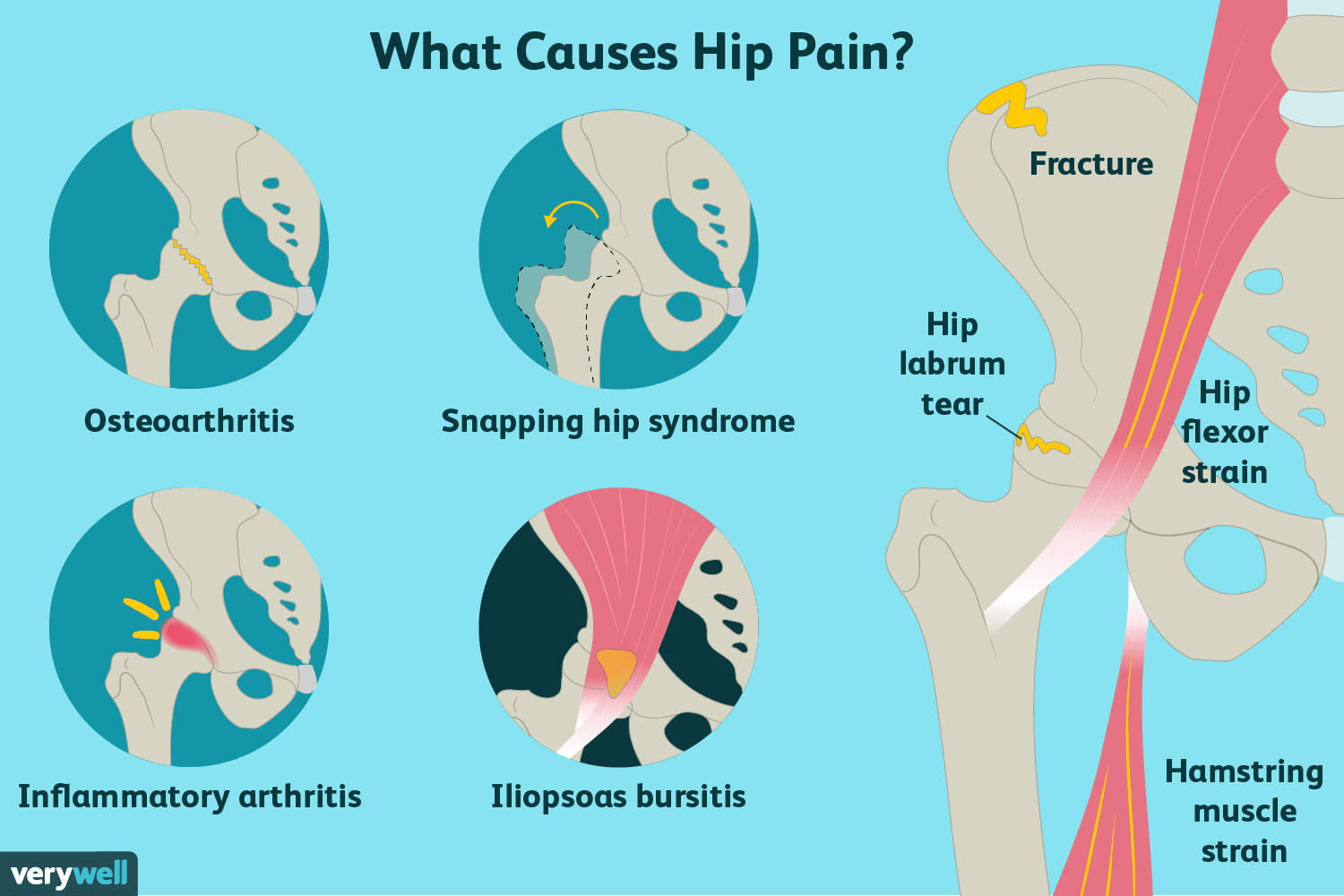Effective Relief for Lower Back Pain: Tips and Techniques
Lower back pain is a common issue that affects around eight out of 10 adults at some point in their lives. Thankfully, most people can find relief for lower back pain with home remedies and simple techniques. In this article, we will explore effective tips and techniques to alleviate lower back pain.
Key Takeaways:
- Lower back pain is a widespread problem affecting the majority of adults.
- Home remedies and techniques can provide relief for lower back pain.
- Over-the-counter pain relievers, hot and cold therapy, gentle exercise, and professional treatments are effective methods.
- Lifestyle changes, such as maintaining good posture and weight loss, can alleviate lower back pain.
- Regular exercise and stretching play a vital role in preventing and managing lower back pain.
Over-the-Counter Pain Relievers for Lower Back Pain
When it comes to finding relief for lower back pain, over-the-counter pain relievers can be a valuable option. Nonsteroidal anti-inflammatory drugs (NSAIDs) and acetaminophen are two commonly used medications that can help alleviate discomfort in the lower back.
NSAIDs, such as ibuprofen and naproxen, target inflammation, which is often a leading cause of swelling and pain in the lower back. These medications work by reducing the levels of certain chemicals in the body that contribute to inflammation. By addressing the root cause of the pain, NSAIDs can provide effective relief.
Acetaminophen, on the other hand, is a pain reliever that does not have anti-inflammatory properties. This medication works by blocking the pain signals sent to the brain, providing temporary relief from lower back pain. Acetaminophen is a suitable option for individuals who cannot take NSAIDs due to certain medical conditions or allergies.
| Medication Type | Examples | Mode of Action |
|---|---|---|
| Nonsteroidal Anti-Inflammatory Drugs (NSAIDs) | Ibuprofen, Naproxen | Target inflammation and reduce pain |
| Acetaminophen | Tylenol, Panadol | Block pain signals to provide temporary relief |
“Over-the-counter pain relievers, such as NSAIDs and acetaminophen, can be effective in providing relief for lower back pain by targeting inflammation and blocking pain signals.”
It is important to note that while over-the-counter pain relievers can provide temporary relief, they may not address the underlying cause of the lower back pain. If the pain persists or worsens, it is advisable to consult with a healthcare professional for a proper diagnosis and treatment plan.
Hot and Cold Therapy for Lower Back Pain Relief
Hot and cold therapy can be effective in providing relief for lower back pain. Alternating between hot and cold treatments can help reduce inflammation, relax muscles, and alleviate discomfort. Depending on personal preference and symptoms, the use of a heating pad or an ice pack on the lower back can provide relief.
Applying a heating pad to the affected area can help increase blood flow, reduce muscle tension, and promote relaxation. It is recommended to use a heating pad set to a comfortable temperature and apply it to the lower back for 20 minutes at a time, several times a day. The sensation of warmth can relieve pain and stiffness.
On the other hand, using an ice pack can help reduce inflammation and numb the painful area. It is advisable to wrap the ice pack in a thin cloth or towel before applying it to the lower back. Ice therapy should be done for about 20 minutes at a time, with breaks in between to prevent skin damage. The cold temperature can help numb the area and reduce swelling.
When using hot and cold therapy, it is essential to listen to your body and adjust the temperature and duration of treatment accordingly. If you experience any adverse reactions or if the pain persists, it is recommended to consult a healthcare professional for further evaluation and guidance.
Table: Comparison of Hot and Cold Therapy for Lower Back Pain Relief
| Hot Therapy | Cold Therapy |
|---|---|
| Promotes blood flow | Reduces inflammation |
| Relaxes muscles | Numbs the area |
| Helps with pain and stiffness | Reduces swelling |
Hot and cold therapy can be effective in relieving lower back pain. The use of a heating pad can increase blood flow, relax muscles, and provide a soothing sensation. On the other hand, applying an ice pack can reduce inflammation and numb the area, offering temporary relief. It is important to use these therapies safely and listen to your body's response. If the pain persists or worsens, it is advisable to seek professional medical advice.
Gentle Exercise for Lower Back Pain Relief
Gentle exercise is a beneficial approach for relieving lower back pain. Engaging in low-impact activities can help strengthen the muscles, improve flexibility, and promote healing in the affected area. Here are some gentle exercises that can provide relief:
1. Walking
Walking is a simple yet effective exercise for lower back pain relief. It is a low-impact activity that allows for gentle movement without putting excessive strain on the back. Walking helps improve circulation, stretch the muscles, and reduce stiffness in the lower back.
2. Swimming
Swimming is an excellent exercise option for individuals with lower back pain. The buoyancy of the water helps support the body, reducing the pressure on the spine. Swimming engages the entire body, promoting overall strength and flexibility while minimizing impact on the lower back.
3. Stretching
Stretching exercises can provide relief by targeting specific muscles that contribute to lower back pain. Gentle stretches for the hamstrings, hip flexors, and lower back can help improve flexibility and alleviate tension. It is important to perform stretches with proper form and avoid any movements that cause pain or discomfort.
It is essential to start with gentle exercise and gradually increase intensity and duration as tolerated. Consulting with a healthcare professional or a physical therapist can help design a personalized exercise plan to suit individual needs and ensure appropriate exercise technique. Remember to listen to your body and stop any exercise that causes increased pain or discomfort.
Table: Comparison of Gentle Exercise Options for Lower Back Pain Relief
| Exercise | Description | Benefits |
|---|---|---|
| Walking | Low-impact exercise that can be performed anywhere | Improves circulation, stretches muscles, reduces stiffness |
| Swimming | Engages the entire body while minimizing impact on the lower back | Supports the body, promotes strength and flexibility |
| Stretching | Targeted stretches for specific muscles contributing to lower back pain | Improves flexibility, alleviates tension |
Remember to consult with a healthcare professional before starting any new exercise regimen, especially if you have any underlying medical conditions or if your lower back pain is severe or persistent. In addition to gentle exercise, incorporating other self-care measures such as proper posture, regular breaks from prolonged sitting, and maintaining a healthy weight can contribute to long-term lower back pain relief.
Professional Treatments for Lower Back Pain
If at-home remedies do not provide sufficient relief, seeking professional treatments can be beneficial. There are several options available that can help alleviate lower back pain and promote healing.
Physical Therapy
Physical therapy, performed by a qualified physical therapist, is a common and effective treatment for lower back pain. It involves various techniques and exercises designed to improve mobility, flexibility, and strength in the back and surrounding muscles.
Manipulation and Massage
Chiropractors and other health professionals may utilize manipulation and massage techniques to provide relief from lower back pain. Manipulation involves applying controlled force to the spine to realign the vertebrae, while massage focuses on releasing tension and promoting relaxation in the muscles.
Psychological Therapies
The psychological aspects of pain can significantly impact an individual's perception and experience of lower back pain. Psychological therapies, such as cognitive-behavioral therapy, mindfulness-based stress reduction (MBSR), and relaxation techniques, can help individuals better cope with and manage their pain.
Image
It's important to consult with a healthcare professional to determine the most appropriate professional treatment for your specific lower back pain. They will be able to assess your condition, provide a proper diagnosis, and recommend the best course of action for pain relief and recovery.
Remember, finding effective relief for lower back pain often requires a combination of at-home remedies, professional treatments, lifestyle changes, and regular exercise. By exploring these options and working closely with healthcare professionals, individuals can successfully manage their lower back pain and improve their overall quality of life.
Lifestyle Changes to Relieve Lower Back Pain
Lifestyle changes can play a significant role in relieving lower back pain. By incorporating simple adjustments into daily routines, individuals can find relief and improve their overall spinal health. Here are some key lifestyle changes that can help alleviate lower back pain:
Maintaining Good Posture
Proper posture is essential for supporting the spine and reducing strain on the lower back. When sitting or standing, it is important to maintain a neutral spine position, with shoulders back and relaxed. Avoid slouching or hunching forward, as this can exacerbate lower back pain.
Weight Loss
Excess weight can put additional stress on the lower back, leading to increased pain and discomfort. By achieving and maintaining a healthy weight, individuals can significantly reduce the strain on their lower back and alleviate pain. This can be achieved through a combination of regular exercise and a balanced diet.
Quitting Smoking
Smoking has been linked to an increased risk of lower back pain, as it can impair blood flow and decrease oxygen levels in the spinal tissues. Quitting smoking not only improves overall health but can also help reduce lower back pain. There are various smoking cessation programs and resources available to support individuals in their journey to quit smoking.
Using OTC Medications, Medicated Creams, and Supplements
Over-the-counter (OTC) medications, such as nonsteroidal anti-inflammatory drugs (NSAIDs), can provide temporary relief from lower back pain. Medicated creams and ointments can also be applied topically to the affected area for localized pain relief. Additionally, certain supplements, such as omega-3 fatty acids and glucosamine, have shown potential in reducing inflammation and supporting joint health.
By implementing these lifestyle changes, individuals can take an active role in managing and relieving lower back pain. However, it is important to consult with a healthcare professional before starting any new treatment or exercise regimen to ensure safety and effectiveness.
The Role of Exercise and Stretching in Lower Back Pain Relief
Exercise and stretching play a vital role in both relieving and preventing lower back pain. Regular physical activity helps keep the muscles strong and prevents spasms, while stretching promotes flexibility and relieves tension in the back. Incorporating exercises like yoga, Pilates, and tai chi into your routine can provide lasting relief from lower back pain.
The Benefits of Yoga
Yoga is a mind-body practice that combines physical postures, breathing exercises, and meditation. It has been shown to be highly effective in reducing lower back pain. Yoga poses, such as the cat-cow stretch, child's pose, and downward-facing dog, help stretch and strengthen the muscles in the back and improve overall spinal alignment. Studies have demonstrated that regular yoga practice can significantly improve symptoms and reduce the need for pain medication in individuals with chronic lower back pain.
Pilates for Core Strength
Pilates is a low-impact exercise method that focuses on developing core strength, which is essential for maintaining a healthy back. By targeting the deep abdominal muscles, Pilates helps stabilize the spine, improve posture, and alleviate lower back pain. The controlled movements in Pilates exercises, such as the bridge, leg circles, and spinal rotation, engage the entire core and promote better body mechanics, reducing the risk of back injuries.
Tai Chi for Balance and Flexibility
Tai chi is an ancient Chinese martial art that combines slow, flowing movements with deep breathing and mental focus. It is a gentle exercise that improves balance, flexibility, and strength. The slow, controlled movements in tai chi promote relaxation and reduce muscle tension in the back. Tai chi also emphasizes proper body alignment and posture, which can help alleviate lower back pain by relieving strain on the spine.
By incorporating exercise and stretching techniques like yoga, Pilates, and tai chi into your daily routine, you can strengthen your core, improve flexibility, and relieve lower back pain. Remember to start gradually and listen to your body, avoiding any movements or positions that cause discomfort. Consult with a healthcare professional or a qualified instructor before starting any new exercise program, especially if you have an existing back condition or injury.
| Exercise Type | Benefits |
|---|---|
| Yoga | - Improves flexibility and spinal alignment - Strengthens back muscles - Reduces need for pain medication |
| Pilates | - Develops core strength - Stabilizes the spine - Improves posture and body mechanics |
| Tai Chi | - Enhances balance and flexibility - Reduces muscle tension - Promotes relaxation and proper body alignment |
Conclusion
Relieving lower back pain is achievable by implementing a variety of techniques and tips. From simple home remedies to professional treatments, there are multiple avenues to explore. Over-the-counter pain relievers, such as nonsteroidal anti-inflammatory drugs and acetaminophen, are readily accessible options for immediate relief. Hot and cold therapy, through the use of heating pads and ice packs, can effectively reduce inflammation and relax the muscles.
Incorporating gentle exercise, such as walking, swimming, and stretching, into your routine can help alleviate lower back pain by promoting healing and maintaining muscle strength. Seeking professional treatments like physical therapy, manipulation, massage, and psychological therapies can provide targeted relief and improve mobility. Additionally, making lifestyle changes such as using over-the-counter medications, medicated creams, and supplements, maintaining good posture, achieving a healthy weight, and quitting smoking can significantly contribute to lower back pain relief.
Remember, it's important to consult with a healthcare professional before embarking on any new treatments or exercise regimens. By combining these various approaches, individuals can find effective relief for lower back pain, improve their quality of life, and enjoy a pain-free existence.
FAQ
Can over-the-counter pain relievers help with lower back pain?
Yes, over-the-counter pain medications such as nonsteroidal anti-inflammatory drugs (NSAIDs) and acetaminophen can provide relief for lower back pain.
How does hot and cold therapy work for lower back pain relief?
Cold temperatures help reduce inflammation and swelling, while heat can relax the muscles. Using a heating pad or ice pack on the lower back can provide relief from discomfort.
Is exercise beneficial for relieving lower back pain?
Yes, gentle exercise such as walking, swimming, and stretching can promote healing, increase blood flow, and prevent the muscles around the spine from stiffening or weakening.
What professional treatments are available for lower back pain?
Physical therapy, manipulation, massage, and psychological therapies can all be effective in relieving lower back pain.
How can lifestyle changes contribute to lower back pain relief?
Making lifestyle changes such as using over-the-counter medications, medicated creams, and supplements, maintaining good posture, achieving a healthy weight, and quitting smoking can alleviate lower back pain and improve overall spinal health.
What role does exercise and stretching play in lower back pain relief?
Regular exercise, including activities like yoga, Pilates, and tai chi, can strengthen the core and muscles surrounding the hips, providing support for the lower back and reducing symptoms of chronic lower back pain.




Leave a comment
This site is protected by hCaptcha and the hCaptcha Privacy Policy and Terms of Service apply.